Engineering Mathematics with Examples and Applications
First edition Xin-She Yang Middlesex University, School of Science and Technology, London, United Kingdom

Table of Contents
List of tables
- Tables in Chapter 10
- Tables in Chapter 11
- Tables in Chapter 16
- Tables in Chapter 17
- Tables in Chapter 18
- Tables in Chapter 19
List of figures
- Figures in Chapter 1
- Figures in Chapter 2
- Figures in Chapter 5
- Figures in Chapter 6
- Figures in Chapter 7
- Figures in Chapter 8
- Figures in Chapter 9
- Figures in Chapter 10
- Figures in Chapter 11
- Figures in Chapter 12
- Figures in Chapter 13
- Figures in Chapter 14
- Figures in Chapter 15
- Figures in Chapter 16
- Figures in Chapter 17
- Figures in Chapter 18
- Figures in Chapter 19
- Figures in Chapter 20
- Figures in Chapter 22
- Figures in Chapter 23
- Figures in Chapter 26
- Figures in Chapter 28
- Figures in Appendix B
Landmarks
Part I
Fundamentals Outline
Part II
Complex Numbers Outline
Part III
Vectors and Matrices Outline
Part IV
Calculus Outline
Part V
Fourier and Laplace Transforms Outline
Part VI
Statistics and Curve Fitting Outline
Part VII
Numerical Methods Outline
Part VIII
Optimization Outline
Part IX
Advanced Topics Outline
Copyright
Academic Press is an imprint of Elsevier 125 London Wall, London EC2Y 5AS, United Kingdom 525 B Street, Suite 1800, San Diego, CA 92101-4495, United States 50 Hampshire Street, 5th Floor, Cambridge, MA 02139, United States The Boulevard, Langford Lane, Kidlington, Oxford OX5 1GB, United Kingdom Copyright 2017 Elsevier Inc. All rights reserved. No part of this publication may be reproduced or transmitted in any form or by any means, electronic or mechanical, including photocopying, recording, or any information storage and retrieval system, without permission in writing from the publisher. Details on how to seek permission, further information about the Publisher's permissions policies and our arrangements with organizations such as the Copyright Clearance Center and the Copyright Licensing Agency, can be found at our website: www.elsevier.com/permissions. This book and the individual contributions contained in it are protected under copyright by the Publisher (other than as may be noted herein). Notices Knowledge and best practice in this field are constantly changing.
As new research and experience broaden our understanding, changes in research methods, professional practices, or medical treatment may become necessary. Practitioners and researchers must always rely on their own experience and knowledge in evaluating and using any information, methods, compounds, or experiments described herein. In using such information or methods they should be mindful of their own safety and the safety of others, including parties for whom they have a professional responsibility. To the fullest extent of the law, neither the Publisher nor the authors, contributors, or editors, assume any liability for any injury and/or damage to persons or property as a matter of products liability, negligence or otherwise, or from any use or operation of any methods, products, instructions, or ideas contained in the material herein. Library of Congress Cataloging-in-Publication Data A catalog record for this book is available from the Library of Congress British Library Cataloguing-in-Publication Data A catalogue record for this book is available from the British Library ISBN: 978-0-12-809730-4 For information on all Academic Press publications visit our website at https://www.elsevier.com  Publisher: Nikki Levy Acquisition Editor: Graham Nisbet Editorial Project Manager: Susan Ikeda Production Project Manager: Mohanapriyan Rajendran Designer: Matthew Limbert Typeset by VTeX
Publisher: Nikki Levy Acquisition Editor: Graham Nisbet Editorial Project Manager: Susan Ikeda Production Project Manager: Mohanapriyan Rajendran Designer: Matthew Limbert Typeset by VTeX
About the Author
Xin-She Yang obtained his DPhil in Applied Mathematics from the University of Oxford. He then worked at Cambridge University and National Physical Laboratory (UK) as a Senior Research Scientist.
Now he is Reader at Middlesex University London, Adjunct Professor at Reykjavik University (Iceland) and Distinguished Guest Professor at Xi'an Polytechnic University (China). He is an elected Bye-Fellow and College Lecturer at Downing College, Cambridge University. He is also the IEEE Computer Intelligence Society (CIS) Chair for the Task Force on Business Intelligence and Knowledge Management and Director of the International Consortium for Optimization and Modelling in Science and Industry (iCOMSI). With more than 20 years' research and teaching experience, he has authored 10 books and edited more than 15 books. He published more than 200 research papers in international peer-reviewed journals and conference proceedings with more than 17,000 citations. According to Thomson Reuters' Web of Science in 2016, he is a highly cited researcher.
He serves on the Editorial Boards of many international journals including International Journal of Bio-Inspired Computation and Elsevier's Journal of Computational Science (JoCS). He is also the Editor-in-Chief of the International Journal of Mathematical Modelling and Numerical Optimisation.
Preface
Xin-She Yang Engineering mathematics is an essential part of core training in engineering. Any quantitative analysis in engineering requires mathematical analysis to a certain degree. Many mathematical methods and techniques are essential to the understanding and calculations in engineering applications. Engineering mathematics is a compulsory course for all undergraduates studying in all disciplines of engineering, and students have to develop all necessary mathematical skills and problem-solving practice needed for all other engineering courses such as control theory, signal processing, structural analysis, circuit theory, solid mechanics, numerical methods and many other advanced courses.
Though there are currently over a dozen good books on engineering mathematics, some are very lengthy (over 1000 pages), and some have very specific audience. Most students find a thick book of over a thousand pages intimidating, especially for the first-year undergraduates. Though all the topics may be important in such big books, no one can be expected to learn all the topics in a short time. In addition, topics have to be selected well to be truly relevant to the courses in engineering and thus there is no need to provide the same level of details for all topics. On the other hand, specialized books on a selection of special topics may be useful to some students, especially for senior undergraduates, but these books can be frustrating to most readers when certain topics may be unfamiliar or with overwhelming in-depth mathematical analysis and terminologies. Therefore, this is a strong need for a textbook with a good balance of topic coverage and the right level of details so that most students can use it with confidence and be able to use engineering mathematics for problem-solving in its familiar context of engineering and real-world applications.


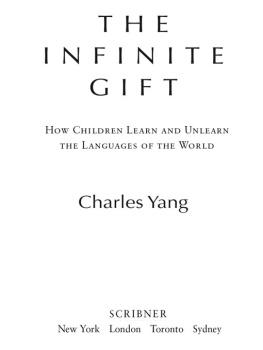


![Yang - The latehomecomer: [a Hmong family memoir]](/uploads/posts/book/165016/thumbs/yang-the-latehomecomer-a-hmong-family-memoir.jpg)


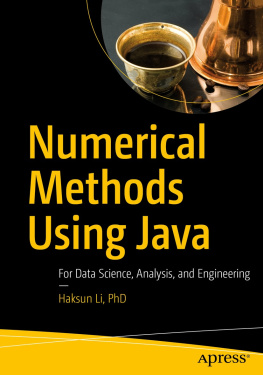
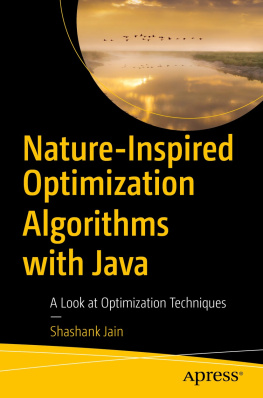
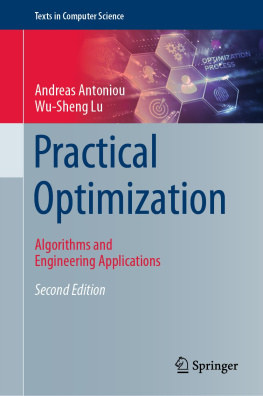
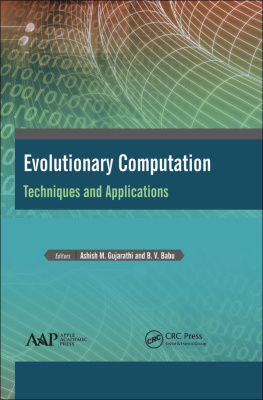
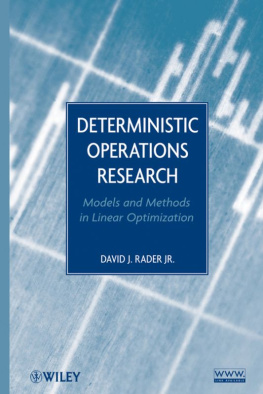
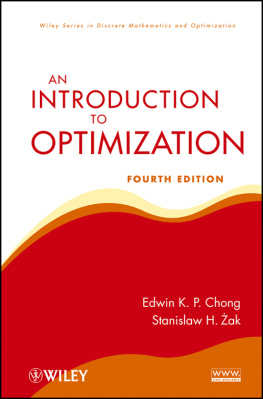


 Publisher: Nikki Levy Acquisition Editor: Graham Nisbet Editorial Project Manager: Susan Ikeda Production Project Manager: Mohanapriyan Rajendran Designer: Matthew Limbert Typeset by VTeX
Publisher: Nikki Levy Acquisition Editor: Graham Nisbet Editorial Project Manager: Susan Ikeda Production Project Manager: Mohanapriyan Rajendran Designer: Matthew Limbert Typeset by VTeX